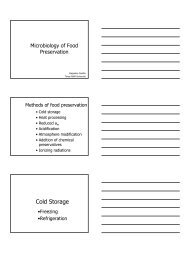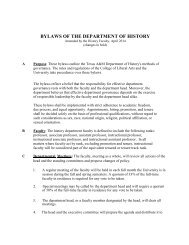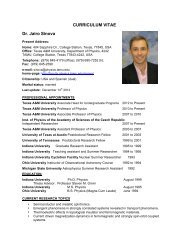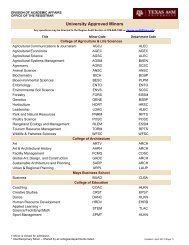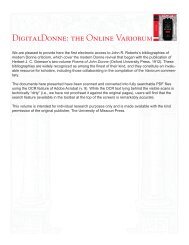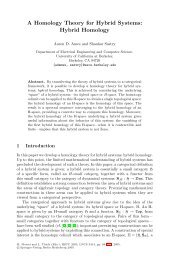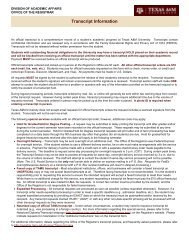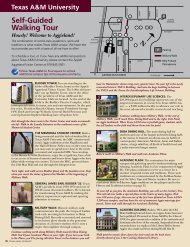ECM Agility for Higher Education - Laserfiche Shared Service ...
ECM Agility for Higher Education - Laserfiche Shared Service ...
ECM Agility for Higher Education - Laserfiche Shared Service ...
Create successful ePaper yourself
Turn your PDF publications into a flip-book with our unique Google optimized e-Paper software.
A Simple <strong>Shared</strong> <strong>Service</strong>s Maturity ModelWhen setting up shared services delivery with your <strong>ECM</strong> system, it’s critical to know where to start,where you want to go and how you are going to get there. This can be done using a maturity model, whichoffers a pathway of best-practice milestones. Here is an example of a simple shared services maturitymodel:• Localize your best practices. Analyze the processes conducted by different departments and calculatetheir lowest common denominator. Figure out which process is most efficient—and then make itrepeatable so you can roll it out to the entire organization. Many colleges and universities start withprocesses conducted by multiple departments such as hiring or contracts.• Thoughtfully standardize across the institution. Although standardization can have a utopian veneer,it’s best to be ruthlessly practical. Look at your metadata models, and consider implementing a mastermodel like the Dublin Core Set. On the delivery side, develop a standardized skill set <strong>for</strong> your staff. Thisallows you to bundle competencies and refine your service culture.• Consolidate. A very wise technology deployment expert once explained that the key to excellencein in<strong>for</strong>mation delivery is to standardize the central system and customize the delivery. This allowsin<strong>for</strong>mation access to be dynamic. Deployment-wise this means consolidating all of your content intoone <strong>ECM</strong> system and integrating to allow the users to access content through any application. Theinterfaces through which staff accesses the <strong>ECM</strong> system are customized based on their needs ordepartmental roles.• Cost benefits. This is where the economies of scale kick in. You’ve developed your service levelagreements and are rolling out a menu of <strong>ECM</strong> functions in terms of head-count. At this stage yourfocus is no longer just internal optimization. You are actually creating value <strong>for</strong> the institution throughyour service offerings.• Continuous review. Now that you’ve optimized your processes and developed your skill set, you mustconstantly refine your menu of offerings. Auditing is continuous and proactive. Quality improvementsare implemented using <strong>for</strong>malized change management processes like Six Sigma.12



